When you see this title, do you wonder if you have written the keywords incorrectly and what is "recommended weight". In our impression, we have only heard of search weights. Then the question is: when you are still using the thinking of Taobao and Tmall in the past to guide the current store operation, then you have already lost at the beginning.
Is there a lot of people saying this year that keyword search traffic is decreasing? Why reduce it? Is it because consumers stop searching? Of course not, but because consumers can buy the products they want without searching. In other words, the shopping experience is better. Think about it, in the past, if you wanted to buy a pair of slim heels and pointed high heels, you could need to run into the search box and enter the keywords: high heels and pointed high heels and pointed high heels.
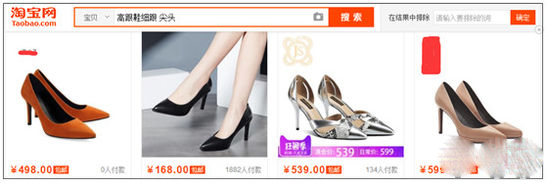
Then you need to choose and choose from the search results. But what about now? Now you are likely to open the Taobao client and find the treasure you "says you like", the "Daily Good Store", the "Good Good Goods" sector, the "must-buy list", etc., which happens to be the one you want, not only the style, but also the price, details, and even the seller's recommendation. When searching for keywords or categories, the search results displayed are recommended, and you may also recommend them in sections you like. If you finally figure out why there is more and more traffic from the "TaoTao Homepage" in your store, then congratulations, you have finally gotten enlightened. The fact is: the traffic you come from search will indeed decrease in the future, but it does not mean that your recommended traffic will decrease. So, what we are talking about is: how to quickly obtain personalized recommendation weights. Then the question we are studying is very simple: what kind of products will be recommended first (this range is very wide, including search recommendations, other free recommendations, and we can even expand them into live broadcasts and other content recommendations). Well, the answer is also simple: products that best match consumers' labels will be recommended first. 1. Are the labels you understand correctly? There are many talks about, but what you understand is not necessarily correct. What label do you understand? Let me first talk about the natural characteristics of consumers - such as their age, gender, zodiac sign, region, etc. So people often say that the main groups I face are 25-35, and then can you also see the following things in the backstage of the business consultant:
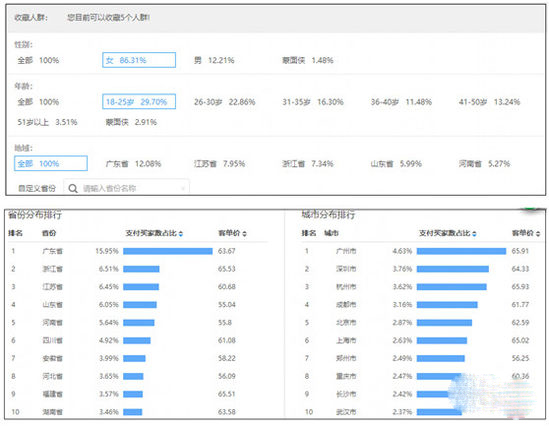
Is this thing called a tag? Of course, he is a key factor affecting personalized matching? Let's make a question mark first. Consumer price tags - what level of treasures consumers generally consume? It seems that many people are using this price tag. If you are a low-end price tag, high-income people will not come in. It seems that it is correct. For example, when you have always been a low-end product and suddenly want to sell high-end products, you really can't get traffic. 2. Subvert your view of labels. If the above is all your understanding of labels, then the correct view you finally established has been lost. Why? First, will you buy things for your family often? For example, at our house, whether it is my clothes, my wife's clothes, or what I want, she will help me buy it with her own account, even for men's underwear. Second, can you judge these labels of some products? For example, does a person who buys a mobile phone on Taobao have both men and women, and is available in all ages. Huawei’s mobile phones are cheap and expensive. So, many times, we think: the group of people who buy women's clothes must be women, the group of people who buy men's clothes must be men, middle-aged and elderly products, and the age group of people who buy women must be over 40 years old. However, consumers don’t think so. Their idea is very simple: if you have something to buy, then have a Taobao account, it's fine. So, can’t we judge or analyze consumers’ labels? Of course not, there is another answer: consumer behavior labels. Natural characteristics can be problematic, but behavioral characteristics cannot deceive people. What does it mean? To give a simple example, when a mother is pregnant, she starts to make crazy purchases, including prenatal education, radiation-proof clothing, folic acid, skin care products for pregnant women..., but she may have bought it with her husband's account, or her younger brother who was in college helped her. There are problems with natural characteristics, but there is no problem with behavioral characteristics: she will use this account to search for keywords of related products, browse related products, collect, purchase, etc. Then, it's OK. Search engines record the person's consumption behavior and search behavior, and when she is about to give birth, it is very likely that she will recommend diapers to her in the "Guess You Like" section. Before this, a person who was preparing to decorate his home mainly consumed clothes, snacks, and cosmetics, but for a certain period of time, his behavior was concentrated on lamps, four-piece sets of bedding, furniture, etc. These are behavioral tags. So I would like to remind you (a method we tested has been running for a long time, but it has easily made a hit product): a store of maternal and child products. When our customer service staff asks consumers how old the baby is when they buy diapers or bottles whenever they have consultation. Why ask this? Because we can basically judge: at about how old you are, you need to buy "training meal chopsticks" for your children.

About four or five months after these consumers purchase (when the child is a little over one year old), a chopstick is launched to train the baby to eat. Then I directly adopted the gift method (just let old customers follow our requirements, you know), and gave 100 pairs of chopsticks. On the fourth day, the small and easy hit product came out. This baby never pushed it again. It relied on searching and lasted for a little more than a year before it reached a recession period. What we have grasped is the basic point: I don’t care about these accounts that buy bottles and diapers, and my behavioral characteristics cannot deceive others. Therefore, a high-end product can still be promoted in a low-end store. As long as you grasp the key point of operation of "behavior label". 3. What is the most correct way to strengthen behavioral labels? It's very simple, only the real purchasing behavior is the most correct way. So, the direct train comes out. How to assist natural search in the express train, how to weight it? In the era of sales, who is rich and who plays; in the era of personalized search, who can play. Let’s take a practical example directly, let’s take the plus-size women’s clothing as an example:
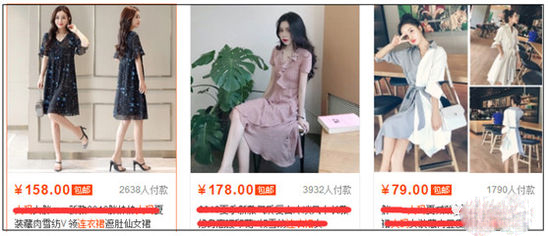
Then look at the title below: 2018 summer new large-size women's summer floral chiffon dress fat mm short-sleeved waist mid-length skirt. In this title, assuming that they are related keywords, we can combine many: floral dress, chiffon dress, waist-length dress, mid-length dress..., but are these highly matched with the large size? In other words, is it necessary for those who search for these keywords to be fat? Obviously not. Then the question is, if you want to strengthen the tag and drive the express train, these keywords include the effect of strengthening your tags. So, we play like this: in the plan, all keywords revolve around core attribute words such as "large size" and "fat MM". If you don't include them, you should try your best to grab more displays. In this way, just search for consumers who include these two "attribute words", they are either fat people themselves or buy clothes for fat people, and their behavior labels are very accurate. It won’t take long to find that both the traffic on Taobao’s homepage and personalized search traffic will increase significantly.
So in summary, Taobao's rules are constantly adjusting, and users' search behavior is constantly changing. We cannot apply previous operation skills in a constant manner. If we do not analyze, then we will definitely suffer a big loss in store operations. In fact, it is very simple to do a good job in store operations. We need to constantly refine the operation and learn how to think about problems from the customer's perspective, and then we will be more than half of the success.






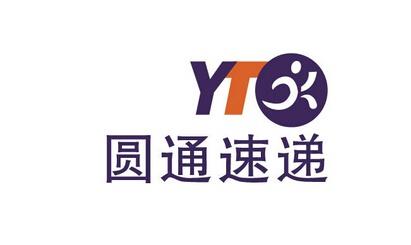
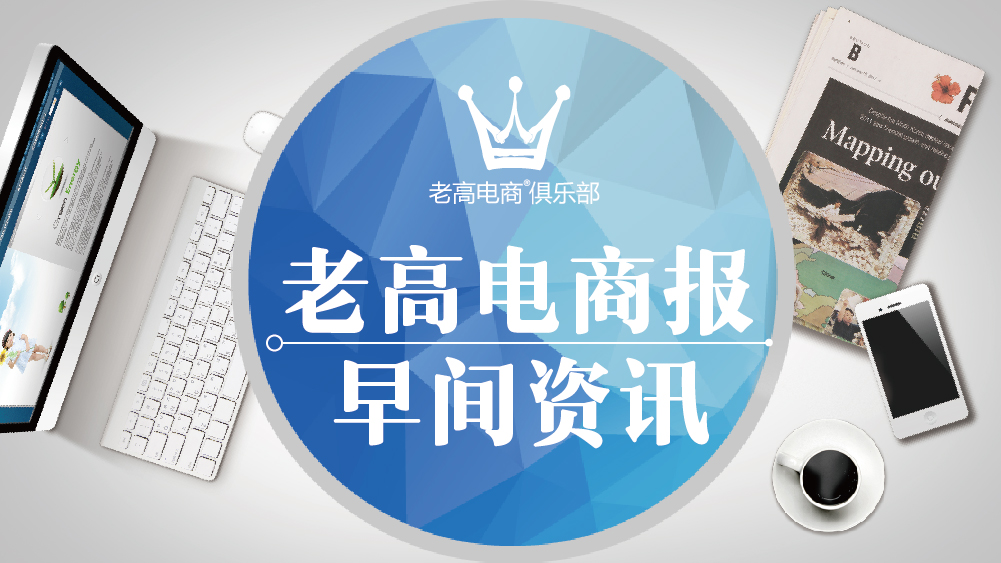


 EN
EN CN
CN
